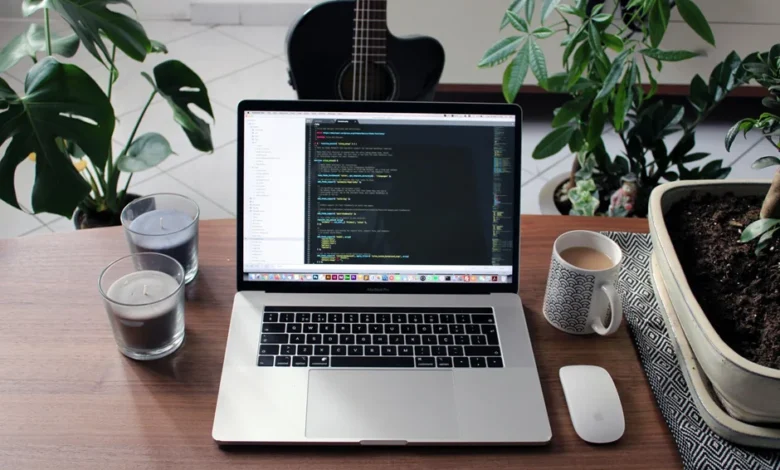The Ultimate Guide to Convert HTML to PDF Python: Techniques and Best Practices

Converting HTML to PDF has become a common requirement for developers looking to share web content in a printable format. When using Python for this task, you have an array of libraries and techniques at your disposal.
This guide simplifies the process of converting HTML to PDF Python. We’ll provide a step-by-step look at the most effective approaches to achieve high-quality PDF outputs from HTML pages.
Let’s dive in!
Why Convert HTML to PDF?
One of the main reasons for converting HTML to PDF is to create documents that are easily shareable while maintaining the formatting of the original web content. PDFs are universally accessible. They ensure that your content appears consistent across different devices and platforms.
Businesses often require PDF documents for legal compliance, reporting, and record-keeping. Organizations that utilize digital documents report a reduction in storage costs. This clearly illustrates the efficiency of converting HTML to PDF.
Popular Libraries for Converting HTML to PDF in Python
Several libraries in Python facilitate the html to PDF conversion process. Here are a few of the most popular ones:
WeasyPrint
A visual rendering engine that converts HTML and CSS to PDF. It’s easy to use and supports modern web standards.
pdfkit
A wrapper for the HTML to PDF command line tool, pdfkit allows you to convert HTML to PDF seamlessly. You should not mention that it supports many customization options.
xhtml2pdf
This is ideal for generating PDFs directly from HTML templates. It’s necessary when using Django, and this library is lightweight and straightforward.
Best Practices for Converting HTML to PDF
To ensure the highest quality PDFs when converting HTML content, consider implementing the following best practices:
Optimize HTML Structure
Ensure your HTML code is clean and well-structured. A well-organized HTML document will lead to a more accurate PDF output. Remove unnecessary tags, inline styles, and scripts that aren’t required for the PDF rendering.
Choose the Right Library
Select a library that suits your project’s needs. For instance, if you require complex styling, WeasyPrint is more suited than pdfkit. Evaluating findings from html to pdf python documentation can help in making the right choice.
Test Different Output Settings
Experiment with various output settings, such as page size, margins, and orientation. Tuning these settings based on your content type can drastically improve the final output.
Handle Fonts and Images Properly
Make sure to include appropriate font references and optimize your images. PDF rendering can differ from browsers, so ensure that all resources are accessible during conversion.
Common Challenges and Solutions
When converting HTML to PDF, developers often encounter several challenges. Here are some common issues along with practical solutions:
Inconsistent Formatting
Test your HTML in different browsers to identify discrepancies due to CSS. This can help you identify problems before they arise.
Large File Sizes
Use tools like HTML to PDF python to reduce the size of PDFs without sacrificing quality. Third-party apps can help you with your dilemma.
Fonts Not Rendering Correctly:
Embed fonts in your HTML or use web-safe fonts to ensure consistent appearance. With embedding, you don’t have to worry about fonts not transferring.
Convert HTML to PDF Python: Wrap up Your Conversion Process
To convert HTML to PDF Python is essential for many developers and businesses. By following the techniques outlined in this guide, you can streamline your process and ensure high-quality output.
Always remember to choose the right tools and libraries that suit your project needs. With Python, turning HTML into PDF is a straightforward task that saves time and enhances productivity.
Was this article helpful? If so, check out the rest of our site for more.



